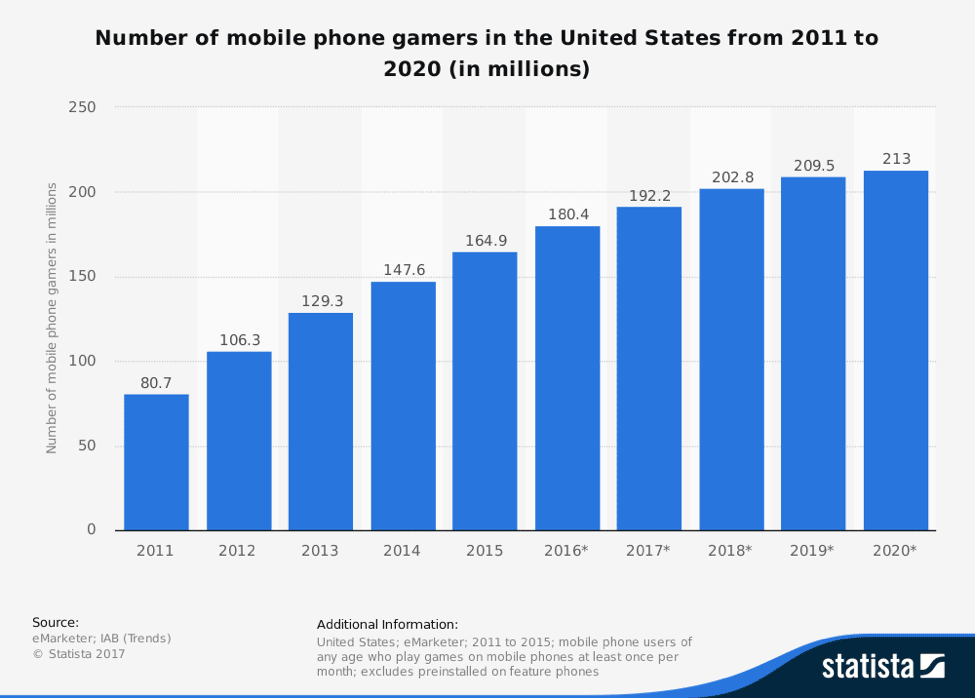
Netflix for Games: Both Console and Mobile Game Publishers Look To Subscription-Based Revenue
Source: Bigstock and Subscription Insider
Someday soon, smartphone users may pay to play game apps the same way they pay for Netflix, Hulu and other subscription video services. The U.S. video gaming industry is huge, and it has grown beyond its console and PC roots with the explosion of smartphone adoption. Four out of 10 smartphone users say they use their phones to play games.
(Source: TNS Infratest; Google via Statista) However, although the user base is huge, there is not a lot of mo...
HELLO!
This premium article is exclusively reserved for Subscription Insider PRO members.
Want access to premium member-only content like this article? Plus, conference discounts and other benefits? We deliver the information you need, for improved decision-making, skills, and subscription business profitability. Check out these membership options!
Learn more about Subscription Insider PRO memberships!
Already a Subscription Insider PRO Member?
Please Log-In Here!








